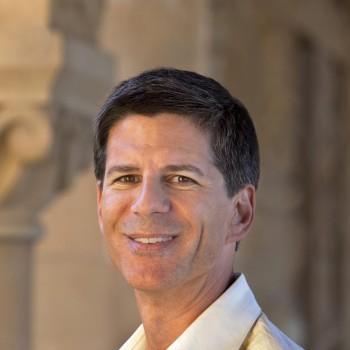Joseph Kahn
23 - 28 June 2024
Stanford University
Stanford, California USA
Events
Joseph Kahn
Stanford University
Optical Communications
Optical communications, lying at the intersection of photonics, quantum mechanics, circuits and communication theory, is an essential technology for the Information Age.
The first part of this tutorial will describe some important devices and principles underlying modern optical fiber communications. Key aspects include:
- Optical fibers and modes
- Linear propagation: group velocity dispersion and polarization mode dispersion
- Nonlinear propagation: Kerr effect
- Optical amplifiers: erbium-doped fibers
- Spatial multiplexing in multi-mode or multi-core fibers
- Coherent detection
- Digital signal processing for compensating fiber dispersion, fiber nonlinearity, and coupling of polarization and spatial modes
The second part of this tutorial will touch on some of our current research on photonic devices and communication systems from the shortest to the longest scales.
At the shortest scale, electro-optic frequency comb generators, nano-fabricated in thin-film lithium niobate, provide light sources for optical fiber networks interconnecting thousands of servers in hyperscale data centers.
At the longest scale, undersea fiber cables, over ten megameters long and incorporating thousands of erbium-doped optical amplifiers, interconnect Earth’s continents at data rates of hundreds of terabits per second.
About the Speaker
Joseph M. Kahn is a Professor of Electrical Engineering at Stanford University, where he leads the Optical Communications Group. He received the A.B. and Ph.D. degrees in Physics from the University of California, Berkeley in 1981 and 1986, respectively. In 1987-1990, Kahn was at AT&T Bell Laboratories, where he worked on optical fiber communications. He demonstrated the first successful synchronous (i.e., coherent) detection in fiber optics, achieving world record receiver sensitivity. In 1990-2003, Kahn was on the Electrical Engineering and Computer Sciences faculty at Berkeley. Kahn and collaborators performed seminal work on indoor and outdoor free-space optical communications and multi-input multi-output wireless communications. In 2000, Kahn and K.-P. Ho founded StrataLight Communications, whose 40 Gb/s-per-wavelength long-haul fiber transmission systems were deployed widely in the core networks of AT&T, Deutsche Telekom, and other telecommunication carriers. In 2003, Kahn joined the EE Department and the E. L. Ginzton Laboratory at Stanford. Kahn and collaborators have extensively studied coding, modulation, detection and signal processing methods for optical fiber communications. In 2008, E. Ip and Kahn invented digital backpropagation for compensating fiber Kerr nonlinearity. Since 2004, Kahn and collaborators have studied propagation, modal statistics, spatial multiplexing and imaging in multi-mode fibers, elucidating principal modes and demonstrating transmission beyond the traditional bandwidth-distance limit in 2005, deriving the statistics of coupled modal group delays and gains in 2011, and deriving resolution limits for imaging in 2013. Kahn’s current research interests include spatial multiplexing in ultra-long-haul submarine links, optical frequency comb generators, coherent data center links, and modal multiplexing and atmospheric turbulence compensation methods for free-space optical communications.

